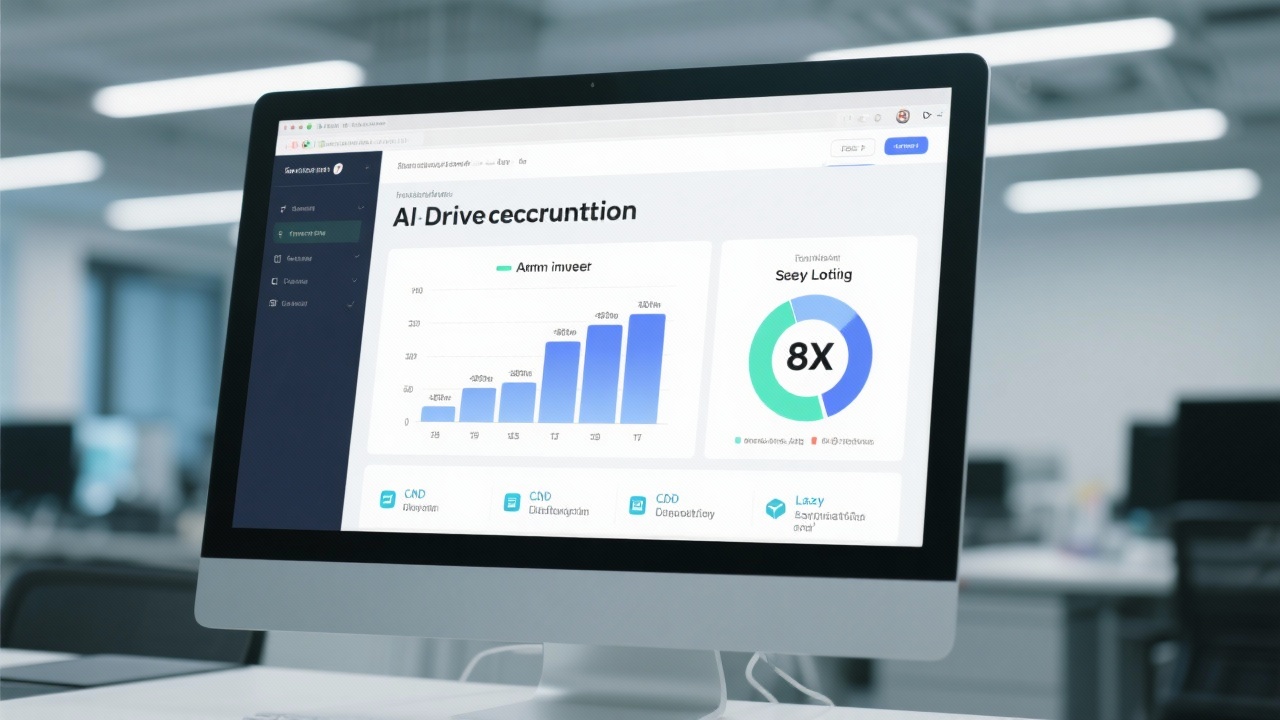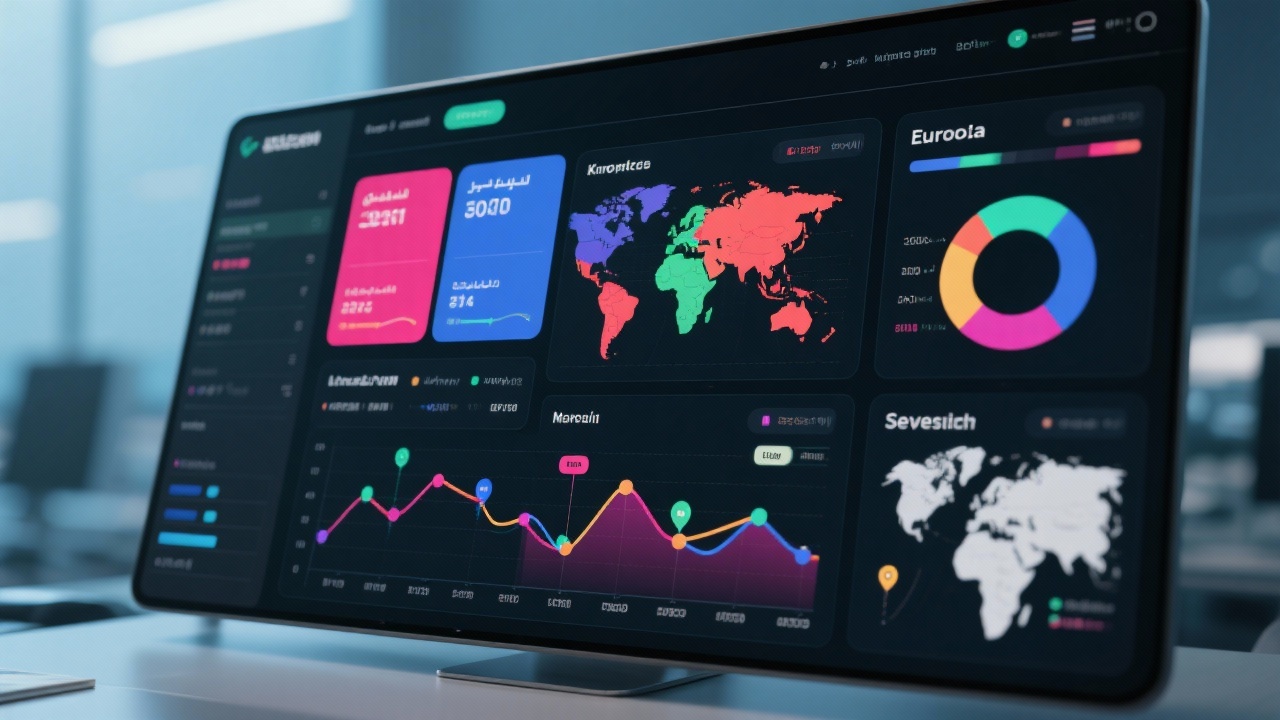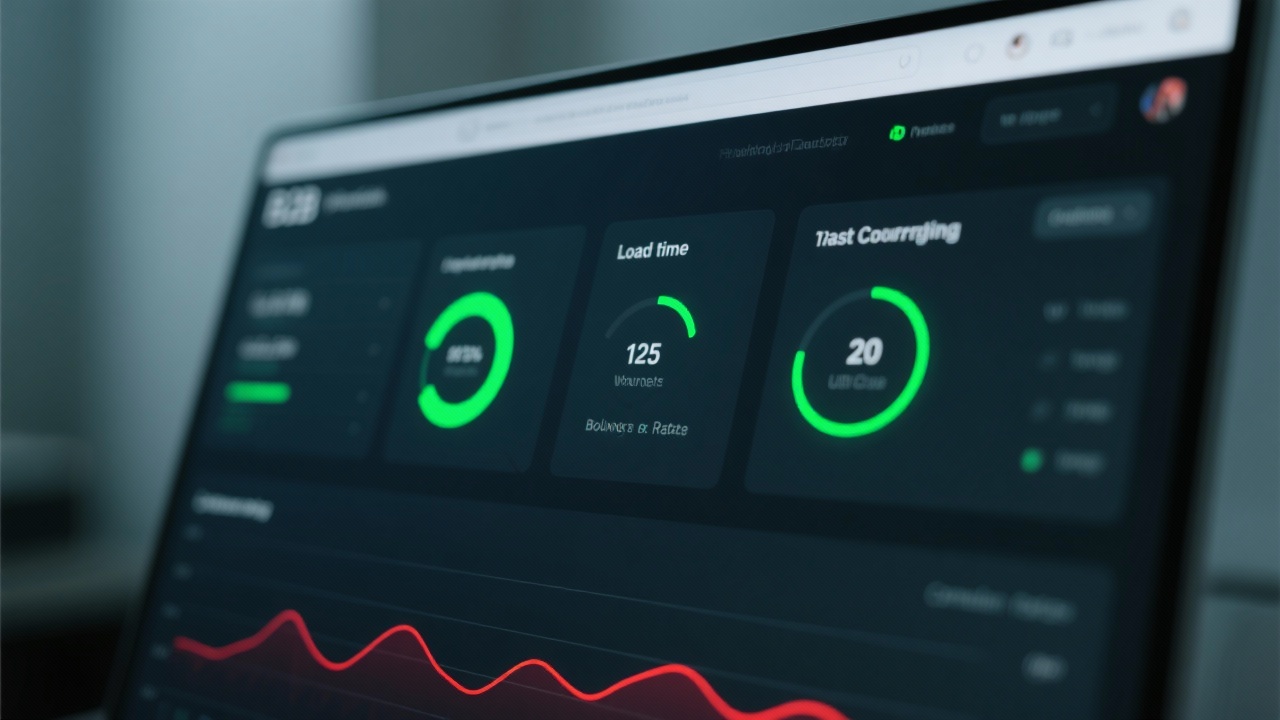
In the era of globalization, foreign trade enterprises and global brands are constantly seeking ways to expand their overseas markets and improve local conversion rates. The unified back - end management solution for multi - site groups has emerged as a powerful tool to achieve these goals.
A regional website matrix can significantly enhance local conversion rates. According to industry research, companies with regionalized websites can increase their local conversion rates by up to 30%. This is because regionalized websites can better meet the needs and preferences of local customers, providing a more personalized user experience.
One of the key aspects is the selection of domain names. Matching domain names with local registered entities can greatly enhance the sense of regional trust. For example, using a local top - level domain (ccTLD) like.de for German customers can make the website more trustworthy in the eyes of local consumers.

Content localization is not just about translating languages. It requires a deep understanding of local cultures and consumption habits. For instance, in some countries, colors and symbols have different meanings. Adjusting the content structure according to these cultural factors can make the website more appealing to local customers.
A study showed that websites with well - localized content can see a 25% increase in user engagement. Therefore, content localization should be an integral part of the multi - site group management strategy.
In terms of SEO, URL hierarchy optimization, Schema markup, and mobile - responsive design are crucial. By optimizing the URL hierarchy, search engines can better understand the structure of the website, improving its ranking. Schema markup can provide additional information to search engines, enhancing the visibility of the website in search results.
Mobile - responsive design is also essential, as more and more users access the internet via mobile devices. Ensuring that the website is fully functional and visually appealing on mobile devices can greatly improve the user experience and search rankings.

Automated deployment tools can revolutionize the way multi - site groups are managed. These tools allow for batch site building, template reuse, and synchronous updates. For example, with automated deployment, a company can build dozens of websites in a matter of hours, rather than days or weeks.
This not only saves a significant amount of time and resources but also ensures that all websites in the group are up - to - date and consistent. It can increase the overall operational efficiency by up to 50%.
Google is the dominant search engine in many countries. Adapting to Google's algorithms is crucial for the success of multi - site groups. By using Google algorithm adaptive optimization technology, websites can dynamically adjust page weights and content density.
This technology can ensure that the website scores consistently above 90 points, which is a strong indicator of good search engine performance. As a result, the website can achieve continuous exposure and growth in conversions in the overseas market.

In conclusion, the unified back - end management solution for multi - site groups offers a comprehensive approach to improving operational efficiency, ensuring data synchronization and security, and achieving sustainable exposure and conversion growth in the overseas market. If you are a marketing decision - maker looking to expand your business globally, don't miss out on this powerful solution. Click here to learn more about how to implement this solution for your business.
.png?x-oss-process=image/resize,h_100,m_lfit/format,webp)
.png?x-oss-process=image/resize,h_100,m_lfit/format,webp)

.png?x-oss-process=image/resize,h_100,m_lfit/format,webp)
.png?x-oss-process=image/resize,h_100,m_lfit/format,webp)
.png?x-oss-process=image/resize,h_100,m_lfit/format,webp)
.png?x-oss-process=image/resize,h_100,m_lfit/format,webp)
